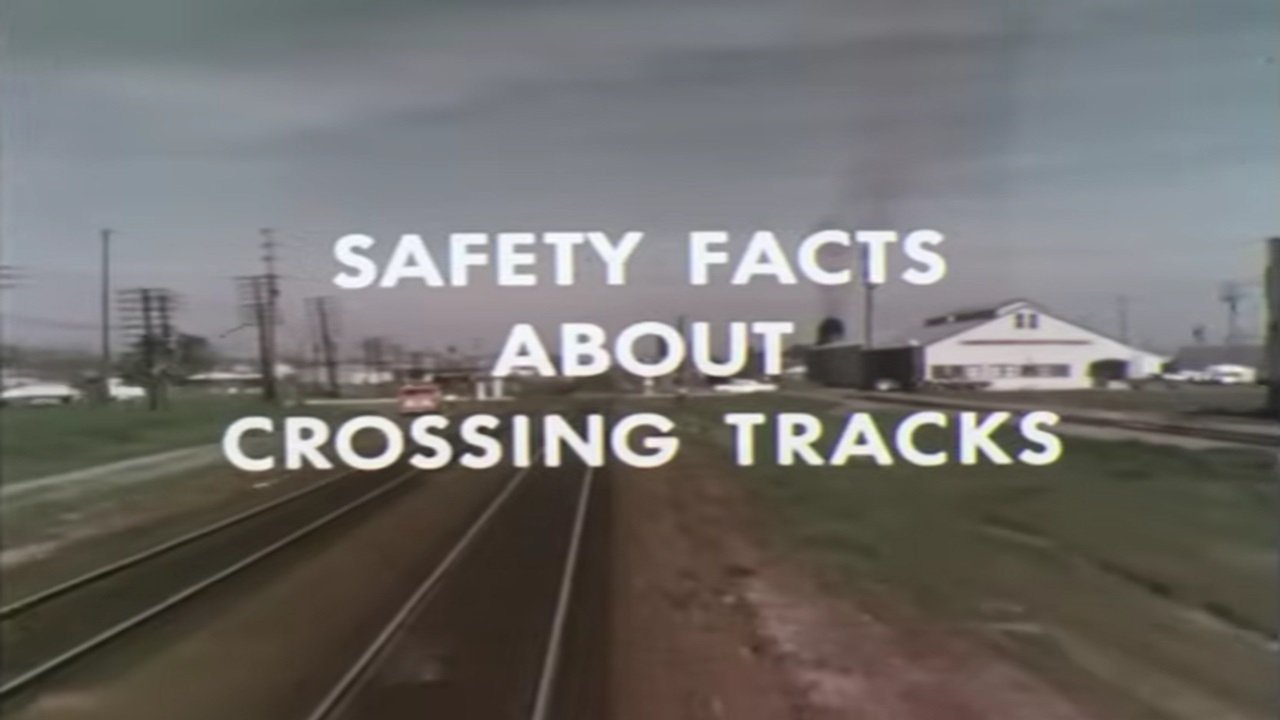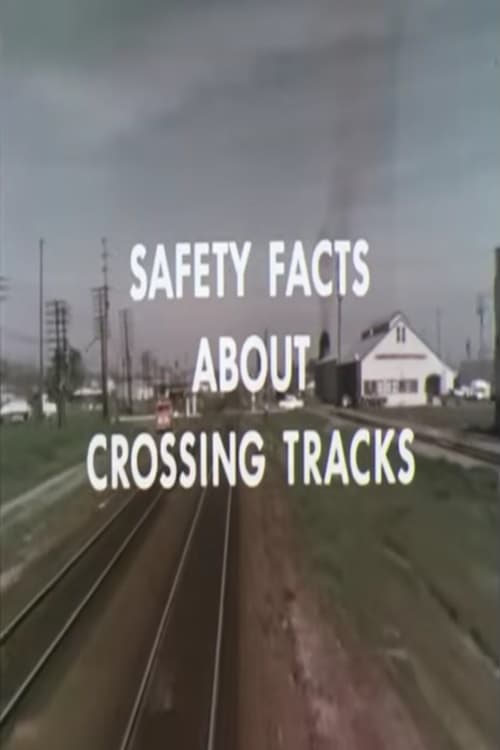

This 1970s PSA-style short film titled ”Safety Facts About Crossing Tracks” combines b-roll footage and stop-motion photography to display the most common types of accidents and driving errors at rail crossings and how to avoid these errors
No Cast found.
No Trailers found.